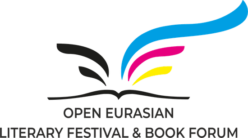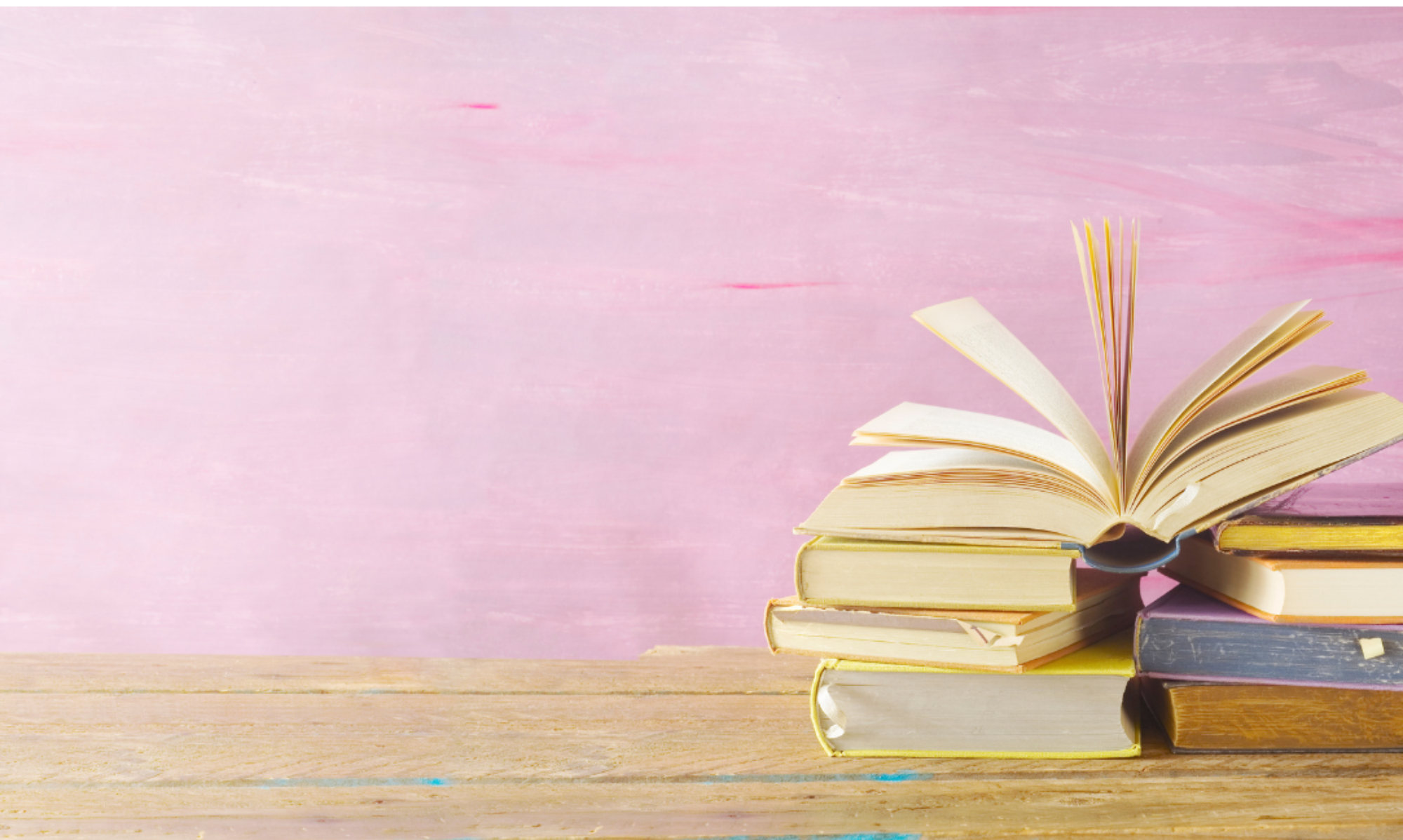
Страна : Беларусь
Я пенсионерка, занимаюсь в школе-студии иконописи, с 2019 года увлеклась написанием книги о людях живущих в XX веке в деревне, где родилась, так появились на бумаге первые стихи и эссе. Член литературно-художественного объединения «Рунь», стихи и эссе напечатаны в районной газете, региональной газете, а Антологии русской поэзии 2020 и Антологии русской поэзии 2021, в Альманахах «Славянская лира». Мечтаю найти архивные данные о церкви, которая существовала на моей малой родине уже в ХV веке и была разрушена в шестидесятых годах XX столетия, восстановить звонницу на кладбище.
Country : Belarus
I am a pensioner, I am engaged in an icon painting school, since 2019 I have been interested in writing a book about people living in the XX century in the village where I was born, so the first poems and essays appeared on paper. Member of the literary and artistic association «Run», poems and essays are published in the district newspaper, regional newspaper, and Anthologies of Russian Poetry 2020 and Anthologies of Russian Poetry 2021, in the Almanacs «Slavic Lyre». My dream is to find archival data about the church that existed in my small homeland already in the XV century and was destroyed in the sixties of the XX century, to restore the belfry in the cemetery.
Ревью на книгу Михаила Куницкого “Путешествие на четырёх лапах“
The book is very colorful, many pictures that familiarize children with nature. The author calls guys on the journey. Through the dialogue of animals, children among themselves and with inanimate objects introduced the reader with the outside world. Some moments in the book teach mutual aid, friendship, love for nature, animal, kindness. They give to understand the guys that the whole world is a big house. Each in this house takes care not only about himself, but also those who are near, who needs help. The book introduced a lot of new concepts, geographic terms, names of occupations. The text is complemented by drawings that help reveal the author’s intention and facilitate child perception. Descriptions of events are given both in prose, and in poetic form. The author with warmth in poems, which are quite melodiously read, gives a description of a hamster, hedgehog, kittens, snails, boiled, hippopotamus, coyote … After reading the book, the kids will learn who makes the huts in the gardens. It is interesting to describe the image of the mole and its habits. In his journey with a puppy, the guys are found with animals and a floral world on land, furrowing maritime expanses, get acquainted with the underground kingdom. Little reader through poems and prose sketches is learning the features of the year: autumn, winter, spring.
The story of the book The author leads on behalf of a puppy who, as the author writes, is very inquisitive. Wants to know why the crunch of the newspaper. It is not said about this later in the narration, but I liked it, as it teaches the guys to look for answers to themselves. However, it is not clear why in the next poem «such things» a word is not written about curiosity, but only about prank puppy. It is not clear the combination of words at the beginning of the book «… These were the best years of my youth when I was a little disgraceful …». The author confuses childhood with adolescence, so, probably, he could not answer the question for what age he writes. The beginning of the book as it were for preschool, then more similar to the younger school, and then alternate: then the youngest school, then older, especially when a lot of geographic concepts are introduced. The book is oversaturated with new terms, and this can strongly overload a children’s psyche, even middle school age.
I liked the description of the meeting with the hedgehog. But then the sequence is broken. Hedgehog came to the snake, and the author for some reason he jumped to the narration about snail. In the poem «The Story of a Little Snail» there are drawn rhymes, and with a combination of letters that are difficult to read even by adults.
The puppy hears the word zoologist and gives it a misinterpretation, and it is associated with evil. Children, even at primary school age, should not be given false explanations. Children, even at primary school age, should not be given false explanations. They have a distorted view of the world. Further in the story, the girl treats the umbrella. She does everything that cannot be done with an umbrella. For children, these actions will become the rule. A very strange comparison, I’m not talking about children, even for me, an encyclopedia with bones. In my understanding, this is simply absurd.
The crocodile advises to look for penguins at the equator, the puppy hears as «quator». The author does not correct the error. The distorted word will remain in the child’s memory and it will be difficult to get rid of it. The puppy confuses the word «cook» and «cat» and it remains uncorrected in the text.
It is not clear why bears run away on Thursdays and Fridays, why does the author give children such false information? It seems to me that the use of words like «will get it» in children’s books is inappropriate. After all, books shape their speech, they learn to be rude themselves.
Now about the chestnuts. The author does not explain that there are edible and inedible chestnuts, he only describes how they are fried and put on a plate. Horse chestnut grows in Belarus, it is poisonous. It is good if a child reads a book with an adult, and if on their own? Children love to try everything.
Description of the pig. Pigs are very clean animals, because it is not in vain that a person eats them. In the poem, the pig wants to get dirty inside too. What for? Pigs swing in the mud to get rid of parasites.
There are many inaccurate descriptions. For example, a bear sleeps in a den in winter. What flies can fly over it? They also sleep in winter. The bear itself is incomprehensibly sleeping or waving its paw. In the poem «Hippo Hunt Fly» the last two lines are not for a children’s book.
… Eat breakfast seven times for dinner,
Dinner seven times at lunch.
Children have concrete thinking, they try everything on themselves.
In the poem «Rhinoceros», the rhinoceros believes that the animal walks longer and wider. This is a giraffe, but the author probably did not see live rhinos and giraffes, if he makes a false statement for children.
The poem «Dumbo» is not clear. Dumbo is a rat artificially bred as a pet. Then what does the seabed have to do with it? I searched the internet, but did not find it at the bottom of the sea Dumbo.
The poem «Morning of the Sleepy Turtle». If the book is for middle school age, then it is like an incentive to do exercises for children. If for the junior and preschool, then I am afraid for the turtles.
The book was written for an incomprehensible age. Moreover, the book has a broken logical sequence, which is very important for children. The author writes about cats, and next to it is a poem about a cardboard elephant. The puppy flies on a ball and meets a boa constrictor, a hippopotamus … A puppy in the country and suddenly a pig is nearby, then a she-wolf, a hedgehog, and after that he says that he will stay in the country.
Writing a book for children is a big responsibility. Children’s book is involved in the upbringing of a child. If an adult chooses what to agree with and what to laugh at, then the child perceives everything concretely. A book for children should not be overloaded with incomprehensible terms, they are introduced gradually and consistently into the child’s speech. When you start writing a children’s book, you need to decide for what age. A bad book can harm a child, we must always remember this.
The author ends the book by collecting all the animals and trapping them in captivity. The author ends the book by collecting all the animals and trapping them in captivity. They weren’t sick who needed help. They were collected for the girl’s whim. This is how the boy Kaleda Nikolay, who is six and a half years old, reacted to the ending. He said that penguins should live where they like. They will not be able to live with the girl. They would not have been released by other penguins, they would have pecked. The girl’s penguins will die.
I would not recommend this book to my family and friends for reading to children. It carries a lot of inaccurate, distorted information. The book can influence the formation of a child’s misconception about certain phenomena.
Книга очень красочная, много рисунков, которые знакомят детей с природой. Автор зовёт ребят в путешествие. Через диалог зверюшек, детей между собой и с неодушевлёнными предметами знакомит читателя с внешним миром. Некоторые моменты в книге учат взаимопомощи, дружбе, любви к природе, к животным, доброте. Дают понять ребятам, что весь мир – это большой дом. Каждый в этом доме заботится не только о себе, но и тех, кто рядом, кому нужна помощь. В книге введено очень много новых понятий, географических терминов, названий профессий. Текст дополняется рисунками, которые помогают раскрыть замысел автора и облегчить детское восприятие. Описания событий даются как в прозаической, так и в стихотворной форме. Автор с теплом в стихах, которые достаточно мелодично читаются, даёт описание хомячка, ёжика, котят, улитки, удава, бегемота, койота… Прочитав книгу малыши узнают кто делает бугорочки в огородах. Интересно описан образ крота и его повадки. В своём путешествии со щенком ребята встречаются с животным и растительным миром на суше, бороздят морские просторы, знакомятся с подземным царством. Маленький читатель через стихи и прозаические зарисовки познаёт особенности пор года: осени, зимы, весны.
Повествование книги автор ведёт от имени щенка, который, как пишет автор, очень любознательный. Хочет знать почему хрустит газета. Об этом потом в повествовании не говорится, но мне понравилось, так как учит ребят искать ответы самим. Однако непонятно почему в следующем стихотворении «Такие вот дела» ни слова не написано о любознательности, а только о проказах щенка. Непонятно сочетание слов в начале книги «…Это были лучшие годы моей ЮНОСТИ, когда я был МАЛЕНЬКИМ несмышлёным…». Автор путает детство с юностью, поэтому, наверно, он не смог ответить на вопрос для какого возраста пишет. Начало книги как бы для дошкольного, потом больше похоже для младшего школьного, а дальше чередуются: то младший школьный, то постарше, особенно, когда вводится очень много географических понятий. Книга перенасыщена новыми терминами, а это сильно может перегрузить детскую психику, даже среднего школьного возраста.
Мне понравилось описание встречи с ежом. Но потом нарушена последовательность. Ёж пришёл к ужу, а автор почему то перепрыгнул к повествованию об улитке. В стихотворении «История маленькой улитки» есть притянутые рифмы, причём с сочетанием букв трудночитаемых даже взрослыми.
Щенок слышит слово зоолог и даёт ему неверное толкование, причём оно связывается со злом. Детям, даже в младшем школьном возрасте, нельзя давать ложные объяснения. У них формируется искажённое представление о мире. Дальше в повествовании девочка лечит зонтик. Она делает всё, что нельзя делать с зонтиком. Для детей эти действия станут правилом. Очень странное сравнение, я уже не говорю о детях, даже для меня, энциклопедии с костями. В моём понимании это просто абсурд. Крокодил советует искать пингвинов на экваторе, щенок слышит как «кватор». Автор не поправляет ошибку. В памяти ребёнка так и отложится искажённое слово и от него сложно будет избавиться. Слово «кок» и «кот» щенок путает и оно остаётся в тексте не исправленным.
Непонятно почему медведи по четвергам и пятницам разбегаются, с чего автор даёт детям такую ложную информацию? Употребление в детских книгах слов типа «дорвётся», мне кажется, не уместно. Ведь книги формируют их речь, грубить они научаться сами.
Теперь о каштанах. Автор не объясняет, что есть съедобные и несъедобные каштаны, он только описывает как их жарят и кладут на тарелку. В Беларуси растёт конский каштан, он ядовитый. Хорошо, если ребёнок прочитает книгу со взрослым, а если самостоятельно? Дети очень любят всё попробовать.
Описание хрюшки. Свиньи очень чистоплотные животные, ведь не зря человек их употребляет в пищу. В стихотворении хрюшка хочет испачкаться ещё и внутри. Зачем? Качаются свиньи в грязи, чтобы избавиться от паразитов.
Встречается много не точных описаний. К примеру, медведь спит в берлоге зимой. Какие могут летать над ним мухи? Они тоже зимой спят. Сам мишка непонятно спит или машет лапой.
В стихотворении «Летать охота бегемоту» две последние строчки не для детской книги. …Семь раз позавтракать на ужин,
Семь раз поужинать в обед.
У детей конкретное мышление, они всё примеряют на себя.
В стихотворении «Носорог», носорог считает, что ходит зверь его длинней и шире. Это жираф, но автор, наверно, не видел живых носорогов и жирафов, если даёт ложное утверждение для детей.
Не понятно стихотворение «Дамбо». Дамбо – это крыса, искусственно выведенная, как домашнее животное. Тогда причём морское дно? Я обыскала интернет, но не нашла на дне морском Дамбо.
Стихотворение «Утро сонной черепахи». Если книга для среднего школьного возраста, то оно, как побуждение делать зарядку детям. Если для младшего и дошкольного, то я боюсь за черепах.
Книга написана непонятно для какого возраста. Более того, в книге нарушена логическая последовательность, что очень важно для детей. Автор пишет о котах, а рядом стихотворение о картонном слоне. Щенок летит на шарике и встречается с удавом, бегемотом… Щенок на даче и вдруг свинья рядом, потом волчица, ёжик, а после этого он говорит, что останется на даче.
Писать книгу для детей, это брать на себя большую ответственность. Детская книга участвует в воспитании ребёнка. Нельзя в детской книге давать ложные определения, вводить ложные слова. Если взрослый выберет с чем согласиться, а над чем посмеяться, то ребёнок всё воспринимает конкретно. Книгу для детей нельзя перегружать непонятными терминами, они вводятся постепенно и последовательно в речь ребёнка. Приступая к написанию детской книги нужно определиться для какого возраста. Плохая книга может навредить ребёнку, об этом мы должны всегда помнить.
Заканчивает книгу автор тем, что собирает всех животных и замыкает их в неволе. Книга заканчивается насилием над животными. Они не были больные, которым нужна была помощь. Их собрали ради прихоти девочки. Вот как отреагировал на концовку мальчик Каледа Николай, которому шесть с половиной лет. Он сказал, что пингвины должны жить там, где им нравится. У девочки они жить не смогут. Их бы не отпустили другие пингвины, они бы заклевали. Пингвины у девочки умрут.
Я бы эту книгу не порекомендовала своим родным и знакомым для чтения детям. Она несёт много неточной, искажённой информации. Книга может повлиять на формирование у ребёнка неправильное представление о некоторых явлениях.




 (39 оценок, среднее: 4,38 из 5)
(39 оценок, среднее: 4,38 из 5)![]() Загрузка…
Загрузка…

